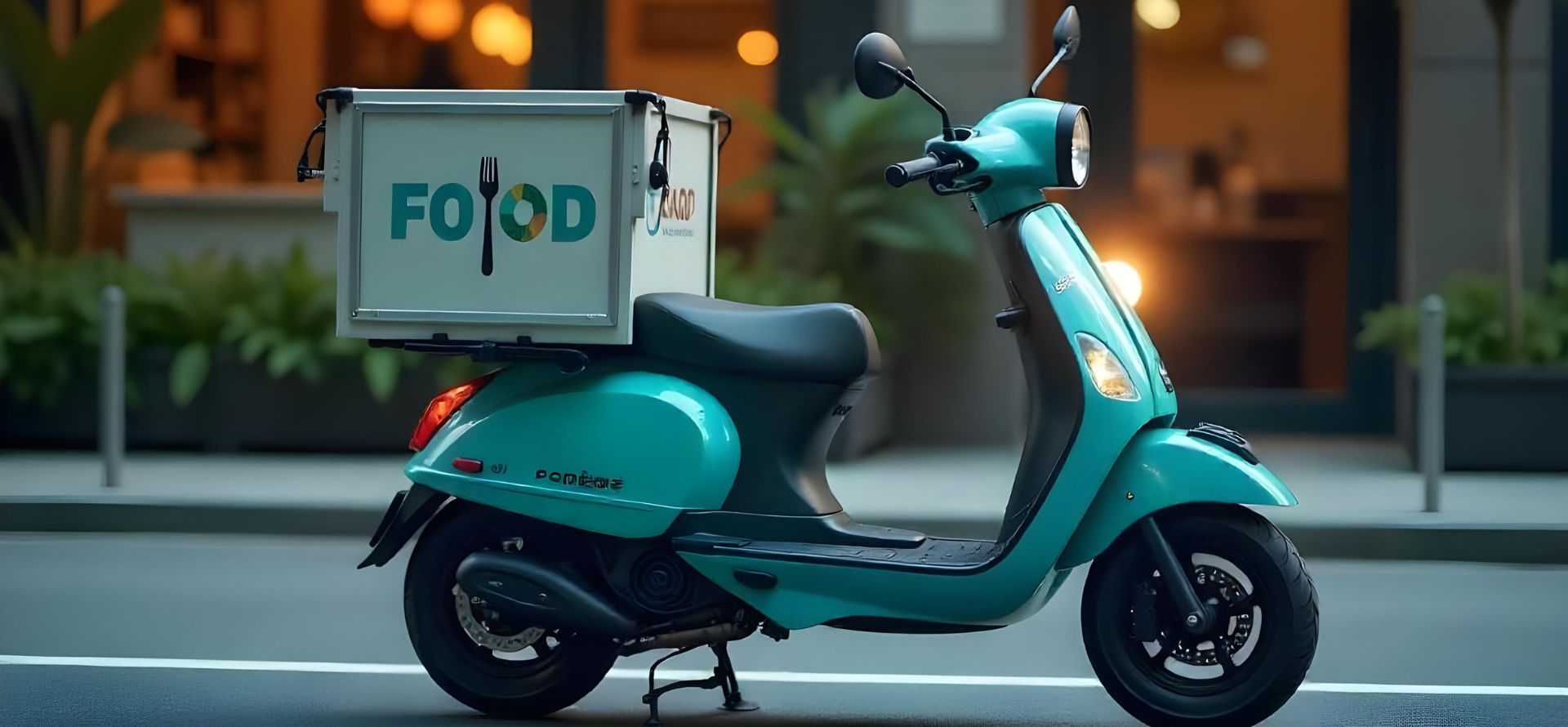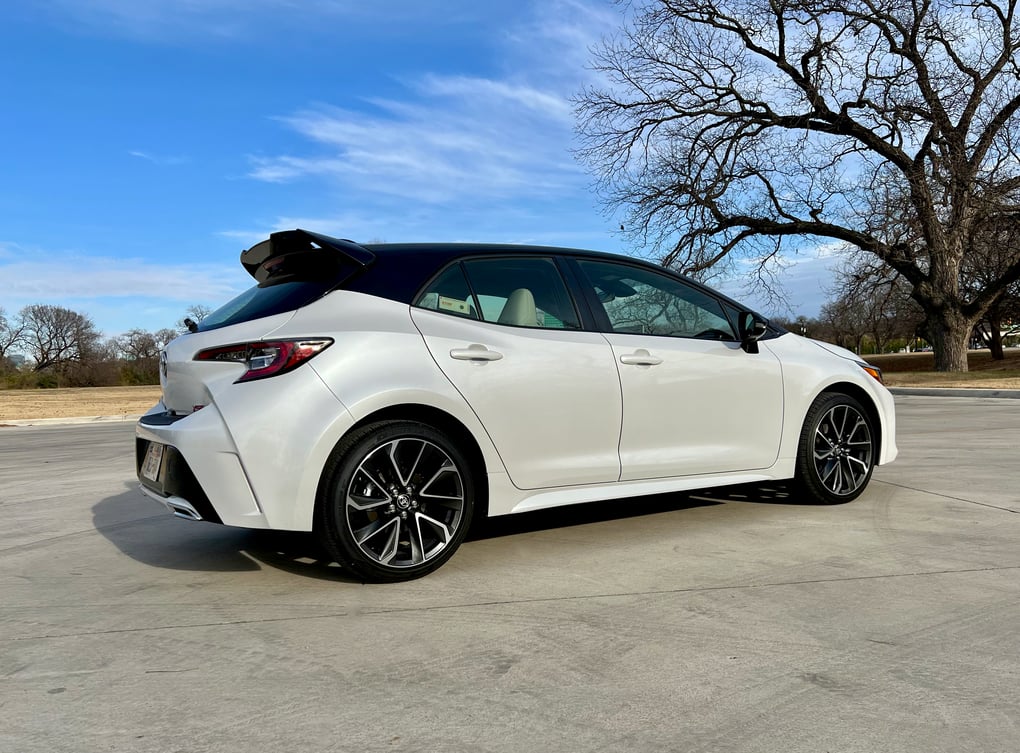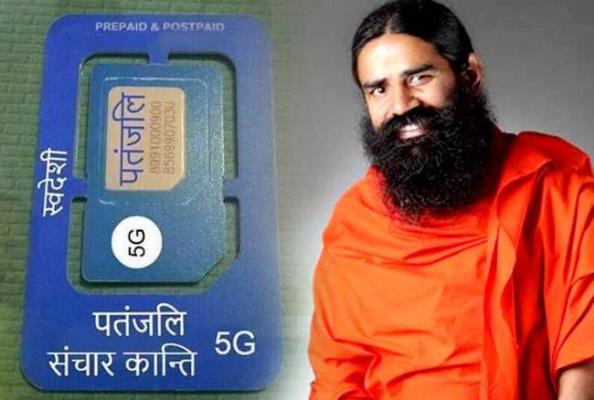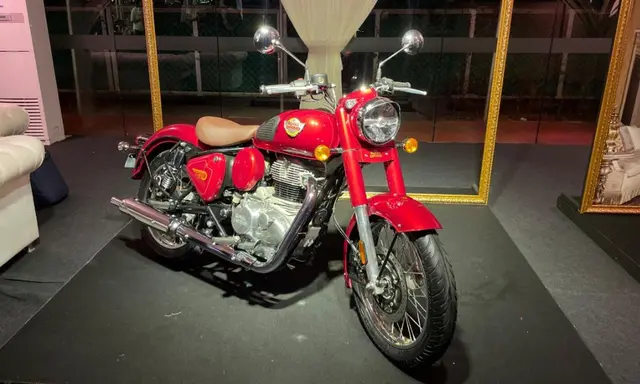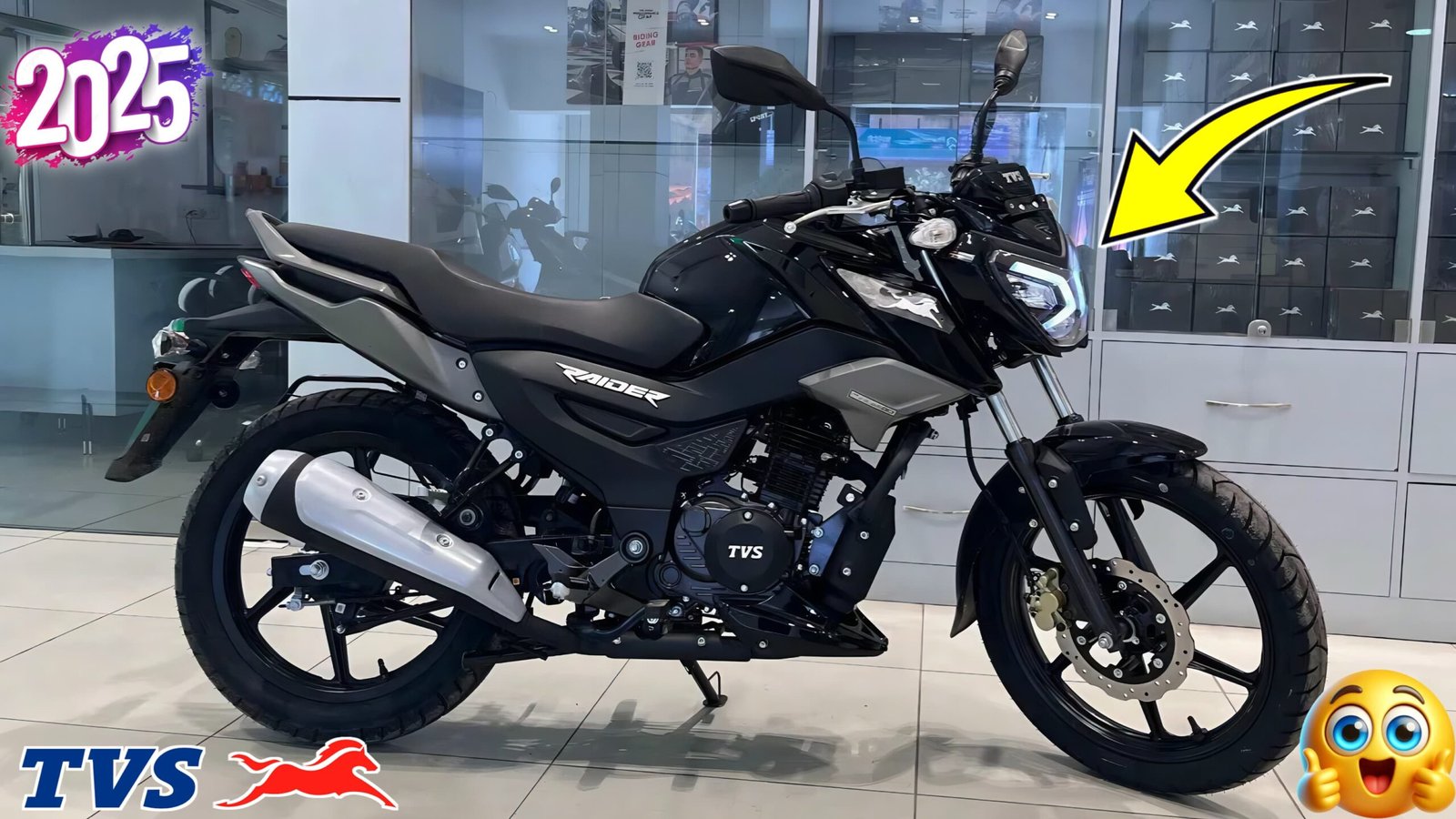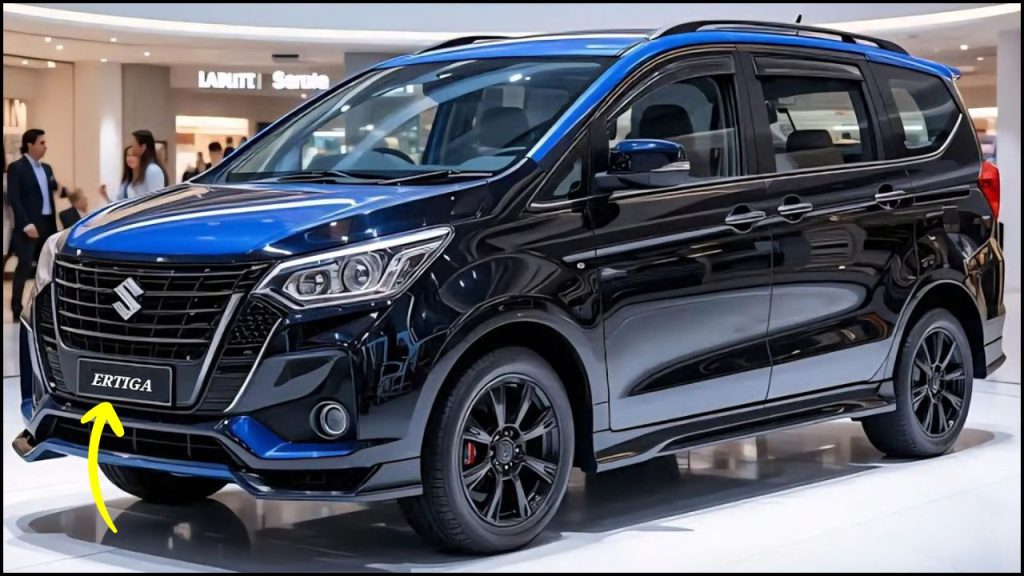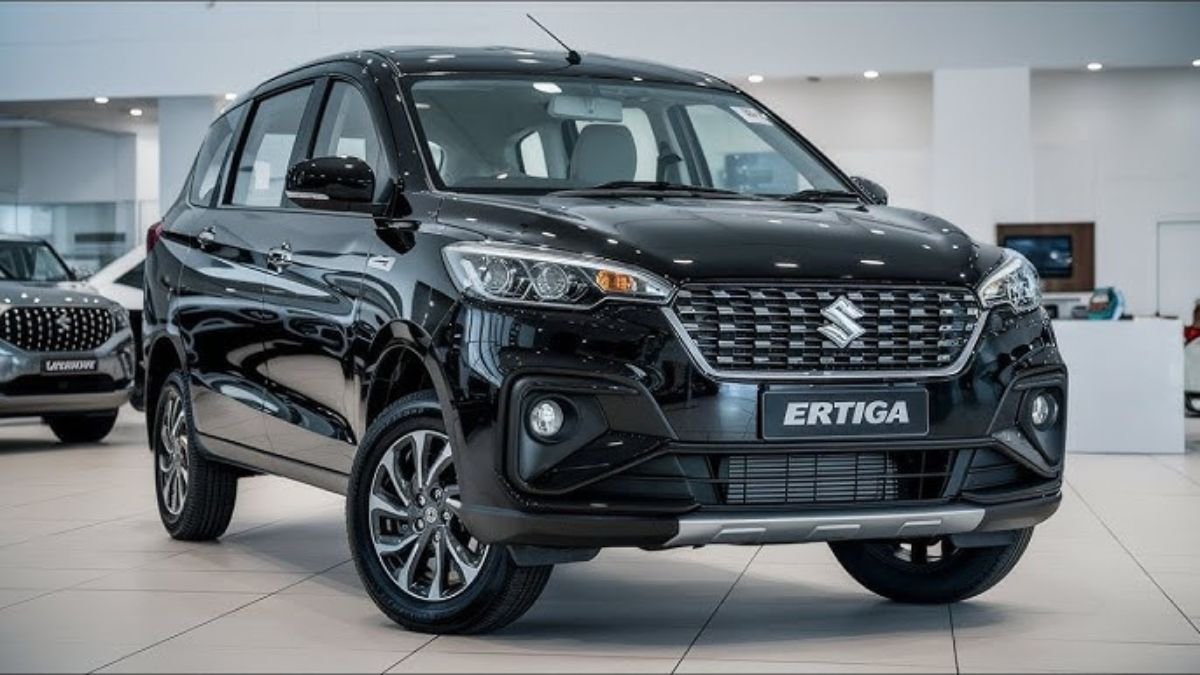India’s villages and remote towns are seeing fast growth in e-commerce and doorstep services. Rural delivery is no longer limited to big parcels or official posts. From daily groceries to farm essentials, demand for quick delivery is rising. But traditional fuel bikes have always ruled last-mile trips, costing delivery riders heavily on petrol and repairs. This is where electric bikes can play a big role. They promise low running costs and environment-friendly operations, and they fit perfectly into the rural economy where savings matter.
Why Electric Bikes Make Sense in Villages
For rural delivery boys, every rupee spent on petrol eats into their profit. A petrol bike costs at least ₹2–₹3 per kilometre in fuel alone. An electric bike brings that cost down to ₹0.25–₹0.50 per kilometre. For riders covering 60–80 km daily, the monthly savings can be huge.
Electric bikes also need less maintenance. No engine oil changes, no complex parts to break down. A simple battery, motor and basic wiring means less to fix. For delivery boys in remote villages, this means fewer visits to workshops and less downtime.
Battery Range Matters
A common worry is range. Many still believe electric bikes cannot handle long distances. But new models are changing this thinking. Some brands offer bikes with a single charge range of 100–150 km, good enough for rural delivery runs in a day. Riders can plug in their bikes at home at night, or at a small shop with a normal socket.
In some states, mini charging points are popping up at kirana stores and village markets. Local entrepreneurs see it as a chance to earn by charging bikes for a small fee. This keeps riders on the road without waiting hours at a station.
Smooth Ride on Bad Roads
Rural roads are not always smooth. Many routes have bumps, dirt tracks and rough patches. Modern electric bikes are now stronger than before. They come with better suspension, tubeless tyres, and tough frames. Brands design them keeping Indian road conditions in mind. For delivery work, bikes like these mean fewer breakdowns and fewer delays.
Lightweight electric bikes are easy to handle too. Riders can navigate narrow village lanes, squeeze through crowded markets and deliver faster than big vehicles.
Extra Savings with Government Subsidies
Another benefit is that state and central governments give subsidies for buying electric bikes. Schemes like FAME II make them more affordable. Many delivery startups and small traders are using this support to switch their fleet to electric.
Low EMI options and down payment plans are also making it possible for rural youth to own these bikes without spending big upfront. For families with low income, this is a big plus.
Rising Opportunities for Local Business
Switching to electric bikes for rural delivery does not just benefit riders. It creates new work for locals too. Small workshops are opening up for battery service and simple repairs. Charging points bring extra income for shopkeepers. Some village youth are also becoming fleet operators by buying multiple bikes and renting them out to delivery boys for a daily or weekly fee.
These new micro-businesses mean more earning ways in villages where good jobs are not always easy to find.
Eco-Friendly Deliveries
Many villages still face pollution from old, smoky bikes. Electric bikes have zero exhaust. This cuts air pollution and noise levels too. Using them for daily delivery means cleaner air in villages and less carbon footprint overall.
Villages that switch to electric for big delivery needs can inspire nearby areas to do the same. In the long run, it also helps India’s bigger goal to cut oil imports and push green energy use.
Challenges Still Remain
Not everything is smooth yet. Battery life and range drop in extreme heat or bad roads. Some riders worry about what happens if the battery dies midway. Charging infrastructure is still limited in far-flung areas. Riders also need better awareness about how to care for batteries to make them last longer.
However, companies and local panchayats are working together to solve these problems. Portable chargers, solar charging stations and battery swap points can make electric bikes a real success in villages.
Is It the Right Time?
The rural delivery market is growing and the push for greener transport is strong. With petrol prices not going down anytime soon, electric bikes offer a solid way forward. From farmers needing seeds delivered on time to households ordering essentials online, delivery boys can ride longer, save money, and protect the environment too.
Young people in villages are also keen to ride the new wave. They want modern bikes with low daily costs. For them, electric bikes bring pride and a future-ready option.
Final Words
Electric bikes are not just about style or saving money. For rural delivery workers, they are a tool that can boost income, cut costs, and keep the village air clean. With small investments, simple charging points, and good community support, electric bikes can transform how villages handle everyday delivery.
If India wants to push more clean energy and support its rural backbone, the time to switch is now. For many villages, the future may just arrive on two quiet electric wheels.
